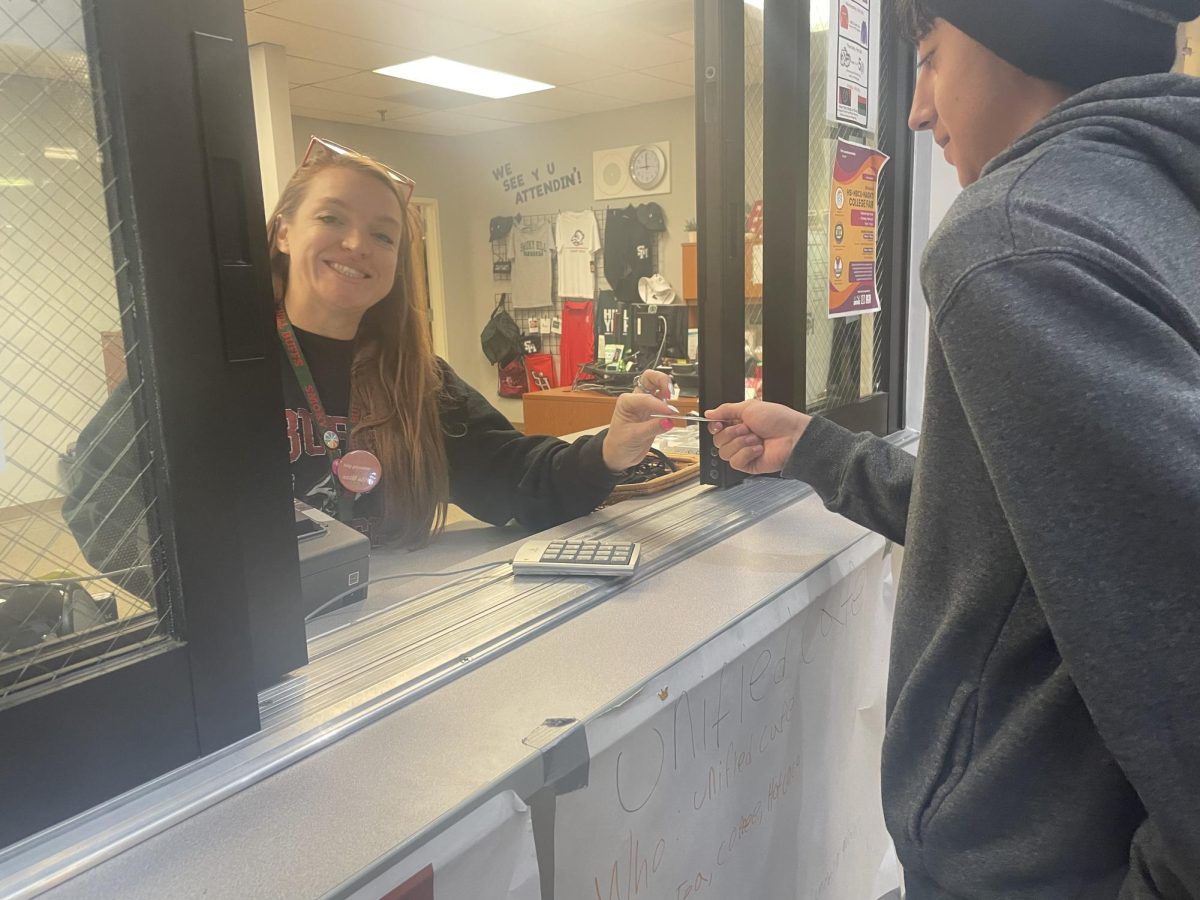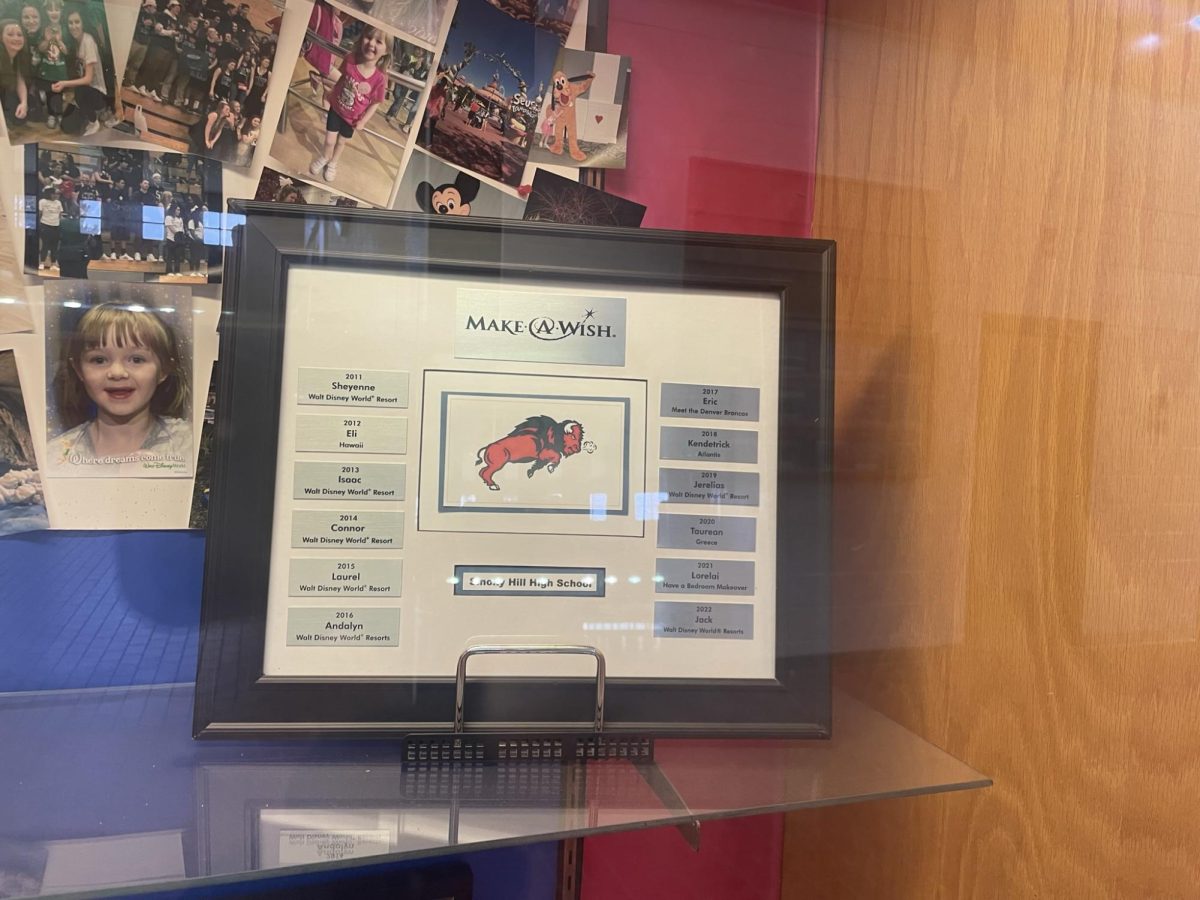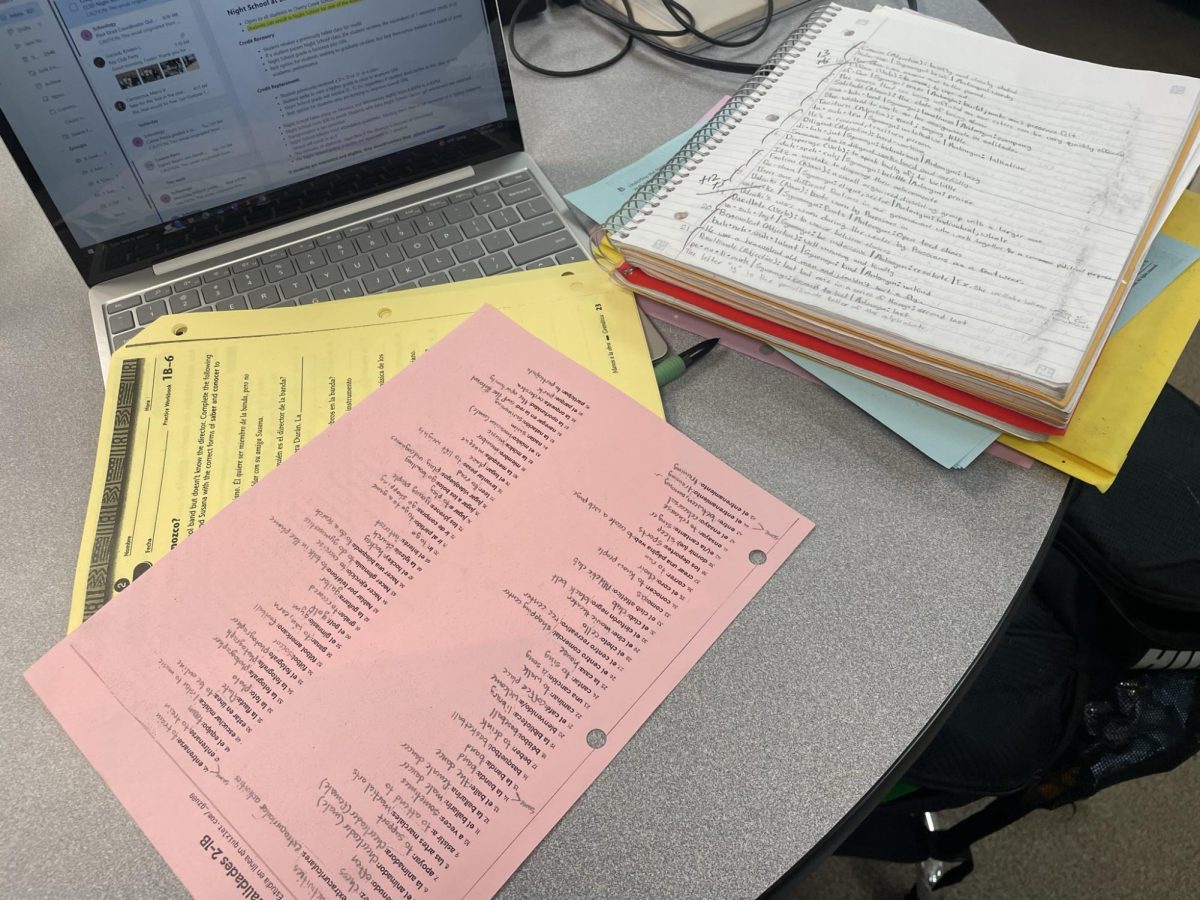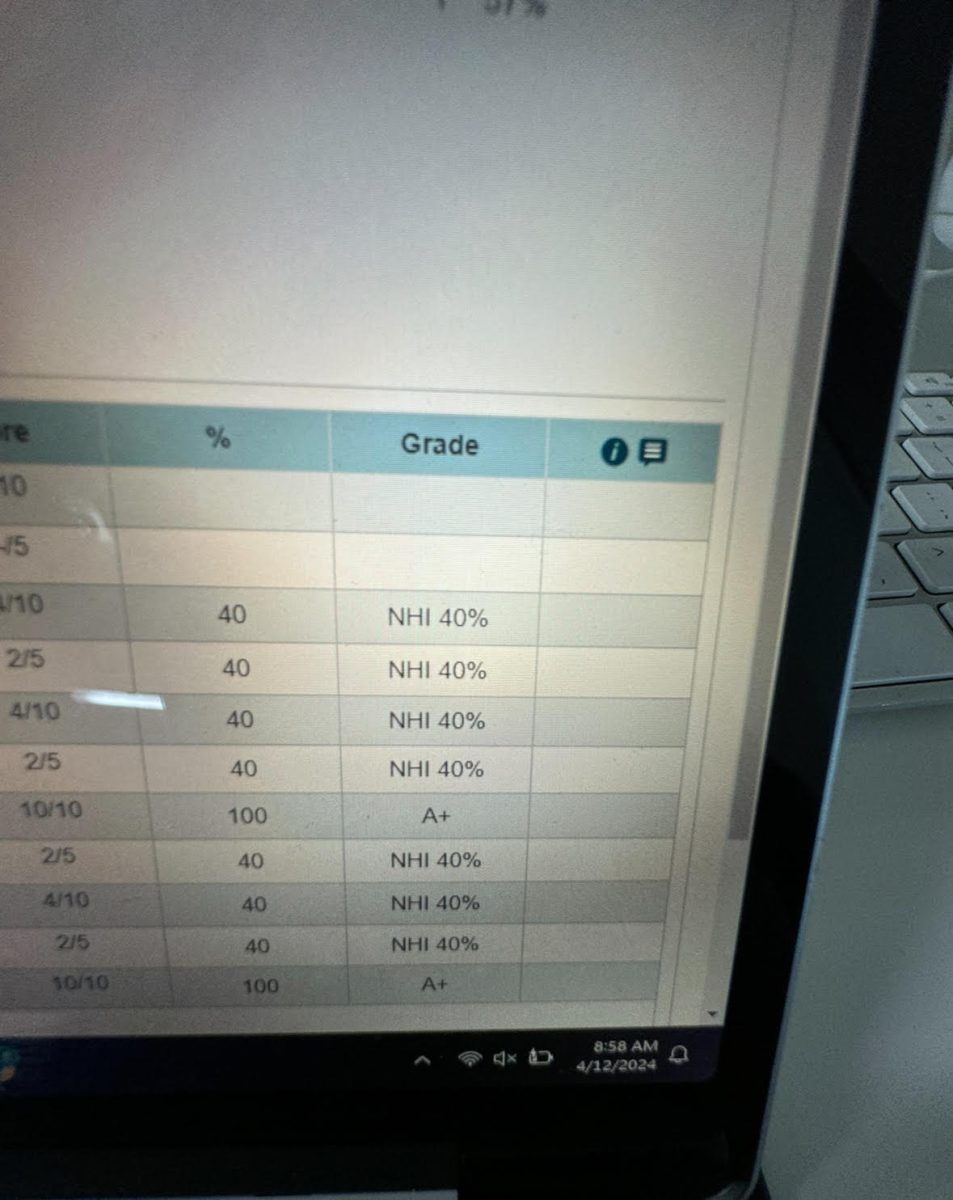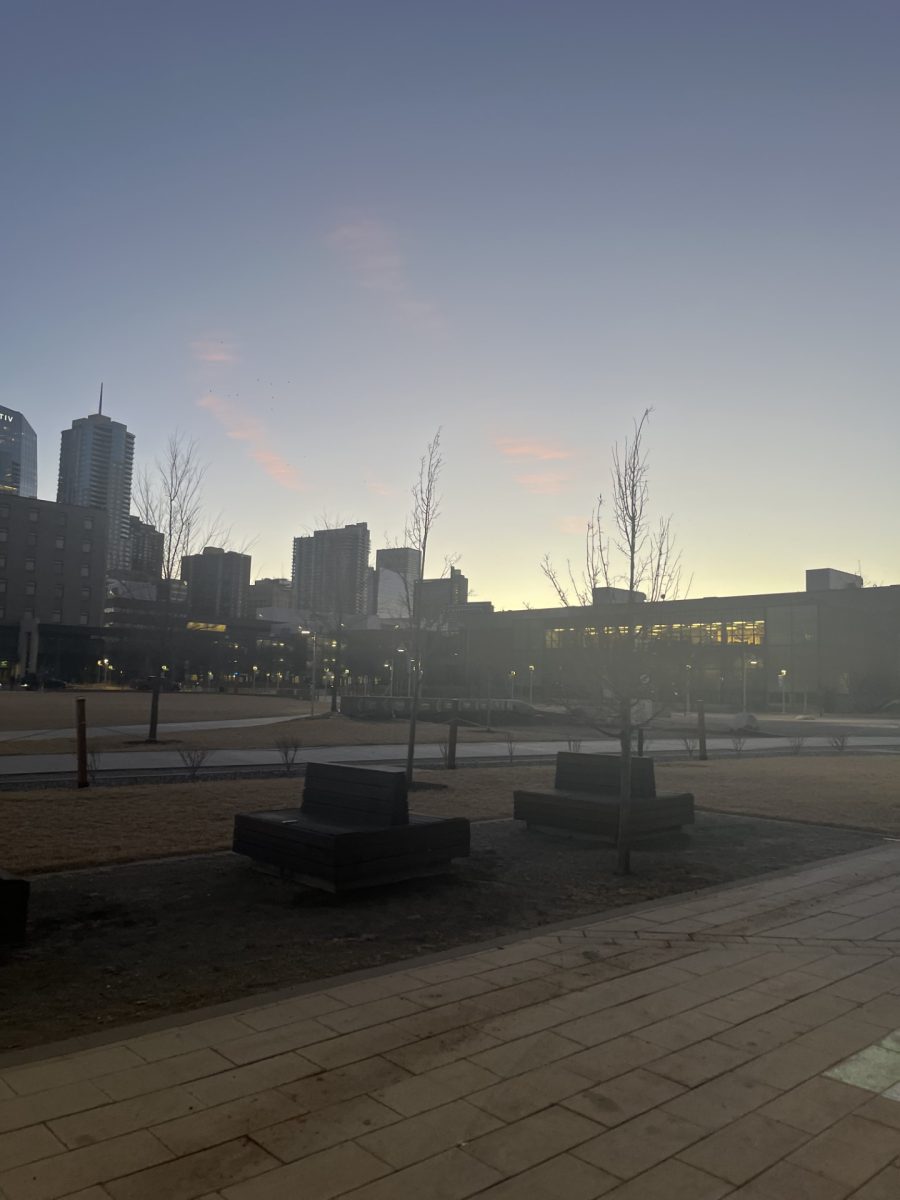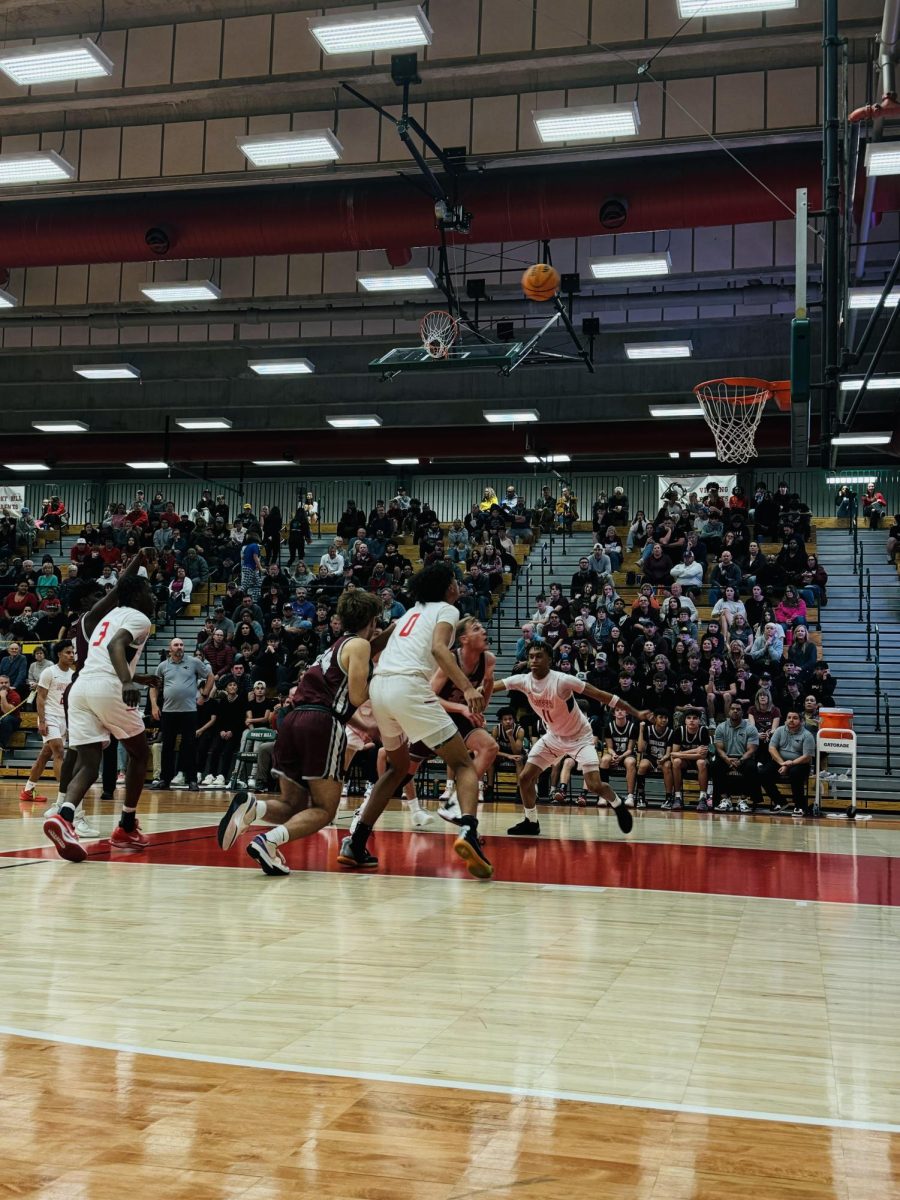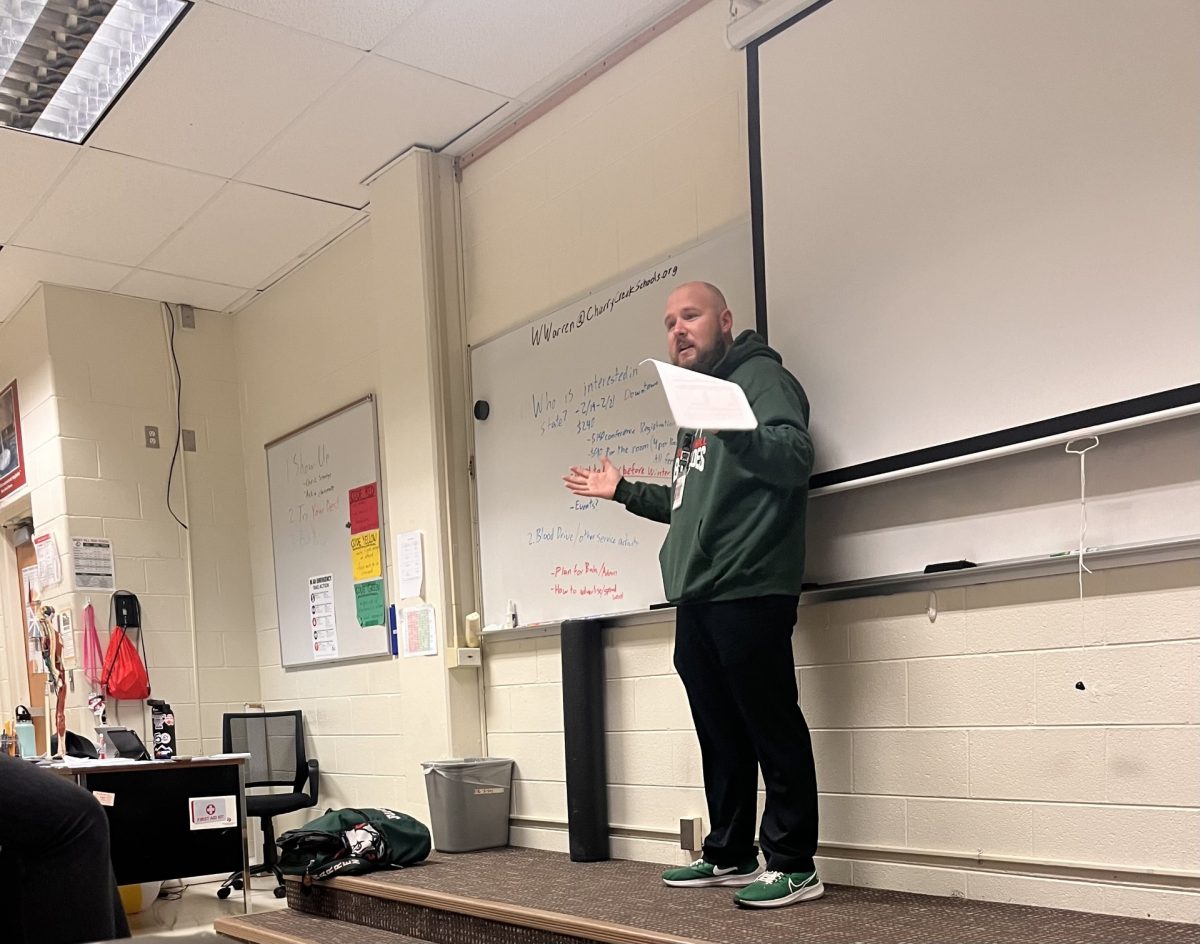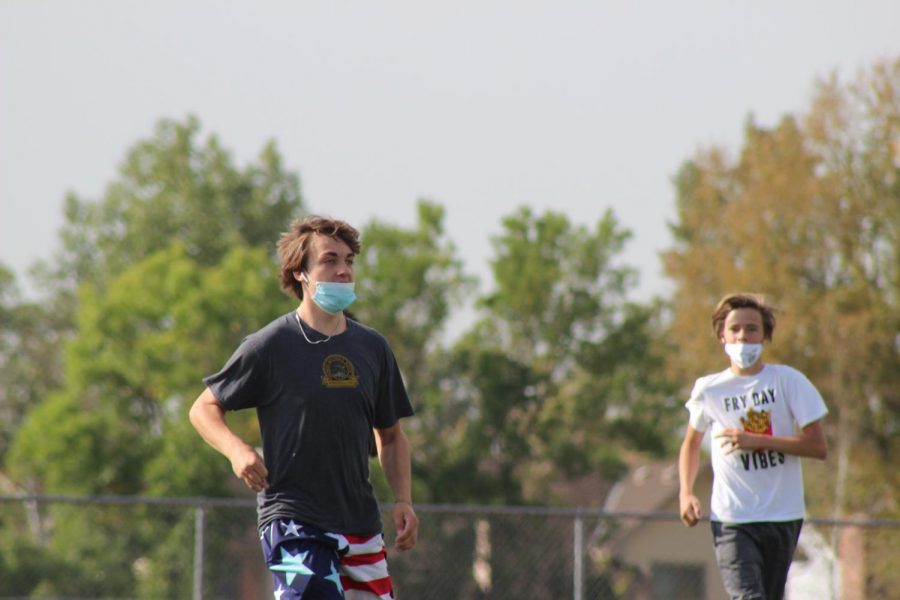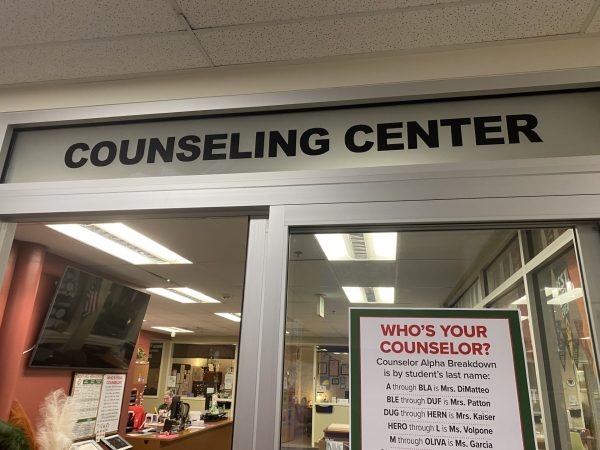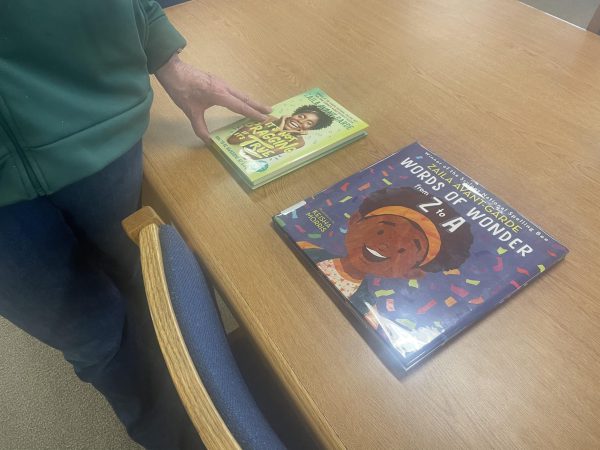Too Early to Play Ball
With COVID-19 cases reaching new highs in Arapahoe county, is it safe to participate in football?
October 29, 2020
As 2020 has been a tumultuous year, the face of student life has changed drastically. Many of the hallmarks of the first semester, such as the homecoming dance, pep rallies, and more specifically football. Originally, the Colorado High School Activities Association choose to move the football season from fall to spring. However, CHSAA was met with opposition from football teams across the country.
As civil protests and town halls broke out among players. CHSAA reconsidered their choice, allowing leagues to choose for themselves whether to play in the fall or the spring. All high schools in the Cherry Creek School District have decided to play football in the fall. With only two games into the season and rising COVID-19 cases, is it safe to play football?
Over the summer, the decision to not have summer practices was monumental. Deciding to not have a summer practice, insinuated that a fall season would not happen. CHSAA had not planned to carry out a fall season. It was only through civil unrest that students were able to secure themselves in the fall season.
Head Coach, Tom Thennel, recounts that the loss of summer practices as abnormal and weird. “Abnormal, in all the years I’ve coached, there has never been a summer where I’m not doing it. I didn’t know what to do with myself,” said Coach Thennel.
If both CHSAA and the Center for Disease Control felt that it wasn’t safe to play football in the summer when there were less confirmed cases, what exactly makes it play safe to play football in the fall?
Though the decision to play football was very sudden, schools weighted the risks and benefits of allowing a season. Nearly all schools across the state had to ask themselves the question, is prioritizing the wants and needs of a small group more important than the larger community?
“Football means a lot for these boys. To be a young 16 to 17-year-old guy, football is all you have,” said Coach Thennel. Though the number of students who play football is dwarfed by the size of the whole school community, it’s important to that select group requires us all to pay attention.
For many students, football is an extrinsic motivation to do well in school, to get their D in biology up to a B. In a year where hope is lost, it is important to preserve any remnants. But at what price does hope come at? Is it at the loss of the second quarter of the fall semester?
Though COVID-19 cases have increased dramatically, there haven’t been any objections concerning the continuation of the season. Teams are taking numerous precautions to limit exposure to the virus. For example, attendance at games is limited to spirit groups, marching band, and a limited amount of students who aren’t affiliated with either. All attendees must social distance and wear masks.
However, masks are not required for practice. Thus, outbreaks between football players, which could spread to the larger student population are a possibility, both the school and football administration must navigate this risk.
The issue of football is a double-edged sword. On one end, football serves as a lifeline for numerous students. On the other, the risk of playing football could destabilize the larger school community. Though the season will not have an abrupt end, a conscious student must consider if this is the best choice for the community.

